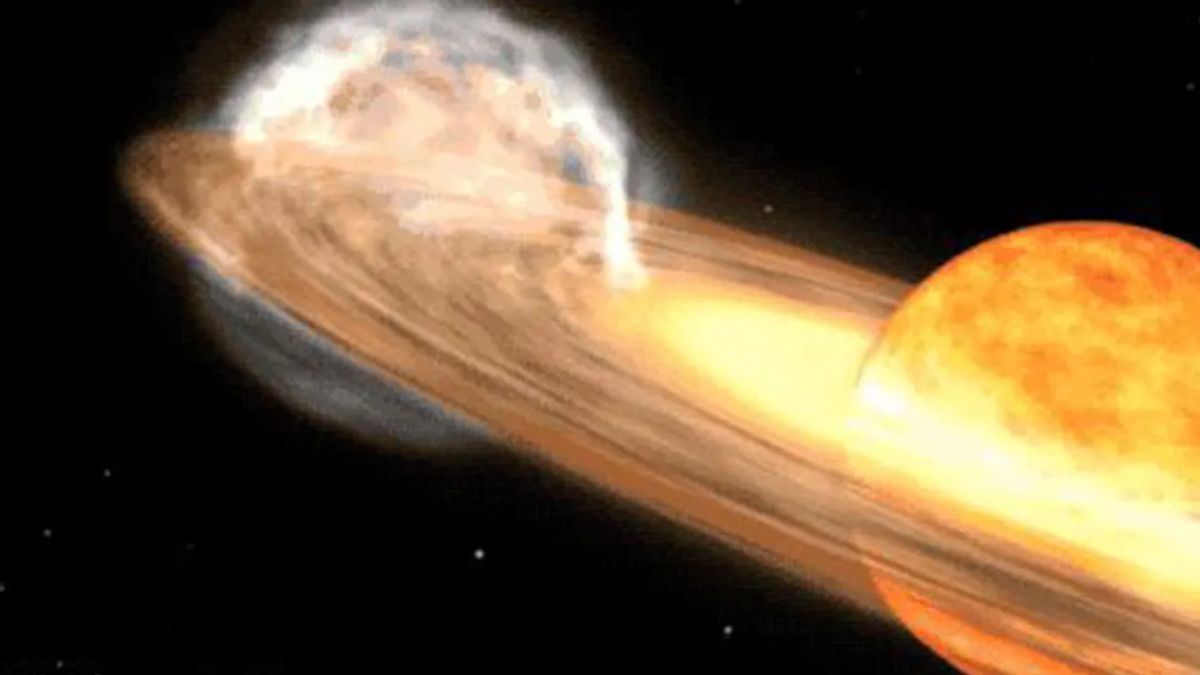Residents of the UAE might soon witness a rare celestial event: the explosion of a star, visible to the naked eye, Khaleej Times reported. This phenomenon, which has not occurred for 80 years, could happen anytime between now and next September, although the timeline might extend.
The star expected to explode is “T Coronae Borealis,” located in the “Corona Borealis” star cluster, as reported by NASA. Historically, explosions of this star have been recorded since 1217 AD, with notable occurrences in 1866 and 1946, according to the International Astronomical Centre (IAC).
Eng. Mohammad Shawkat Awdeh, Director of IAC, explained that during the explosion, the star undergoes rapid changes in brightness, a process known as a nova. The star’s brightness will dramatically increase before fading. Since this star explodes periodically, it is classified as a recurring nova.
Leslie Baltier, an astronomical observer, spent 25 years waiting for the star’s 1946 explosion but missed it after deciding to sleep early that night. Observations have shown that the star’s brightness decreases slightly about 1.1 years before an explosion. A decrease in brightness was recorded in May 2023, suggesting an impending explosion.
Currently, T Coronae Borealis shines at magnitude 10, visible only through a small telescope. However, during the explosion, it will shine as brightly as the North Star, visible even from light-polluted cities. This brightness will last for about half a day, and the star will be visible for a week.
The explosion occurs because T Coronae Borealis is a binary star system, consisting of a red giant and a white dwarf. Matter from the red giant accumulates on the white dwarf, leading to increased temperature and pressure that eventually cause a series of explosive events.
Al-Khatem Astronomical Observatory is monitoring the star closely, contributing to global observations. To view the star, residents are advised to look south around 9 pm for a bright orange star next to an arc-shaped constellation. If the sky is cloudy, it might be worth traveling to a clearer location to observe this rare event.






